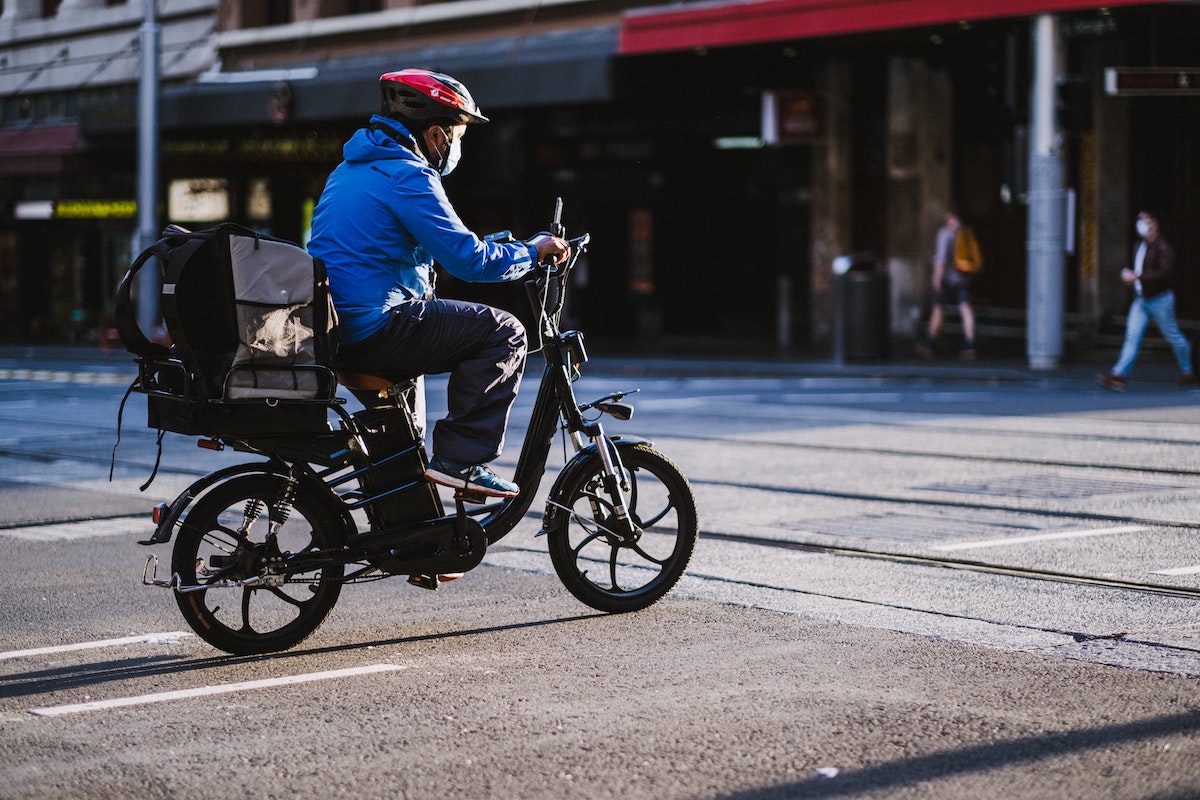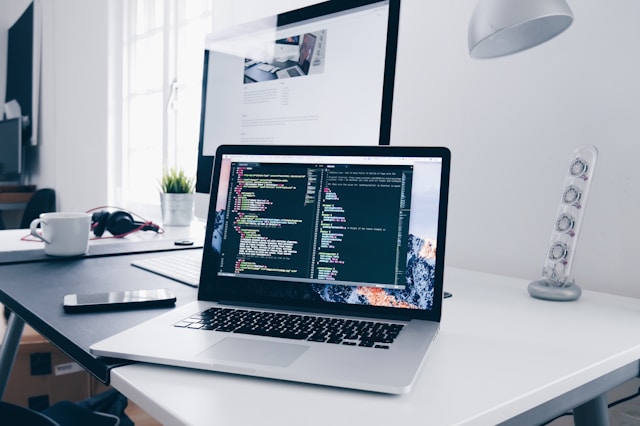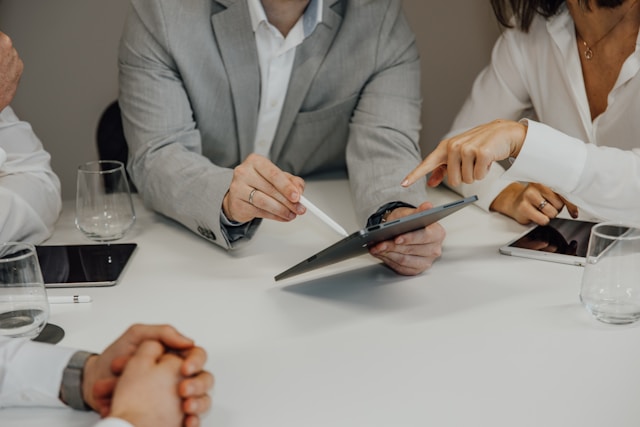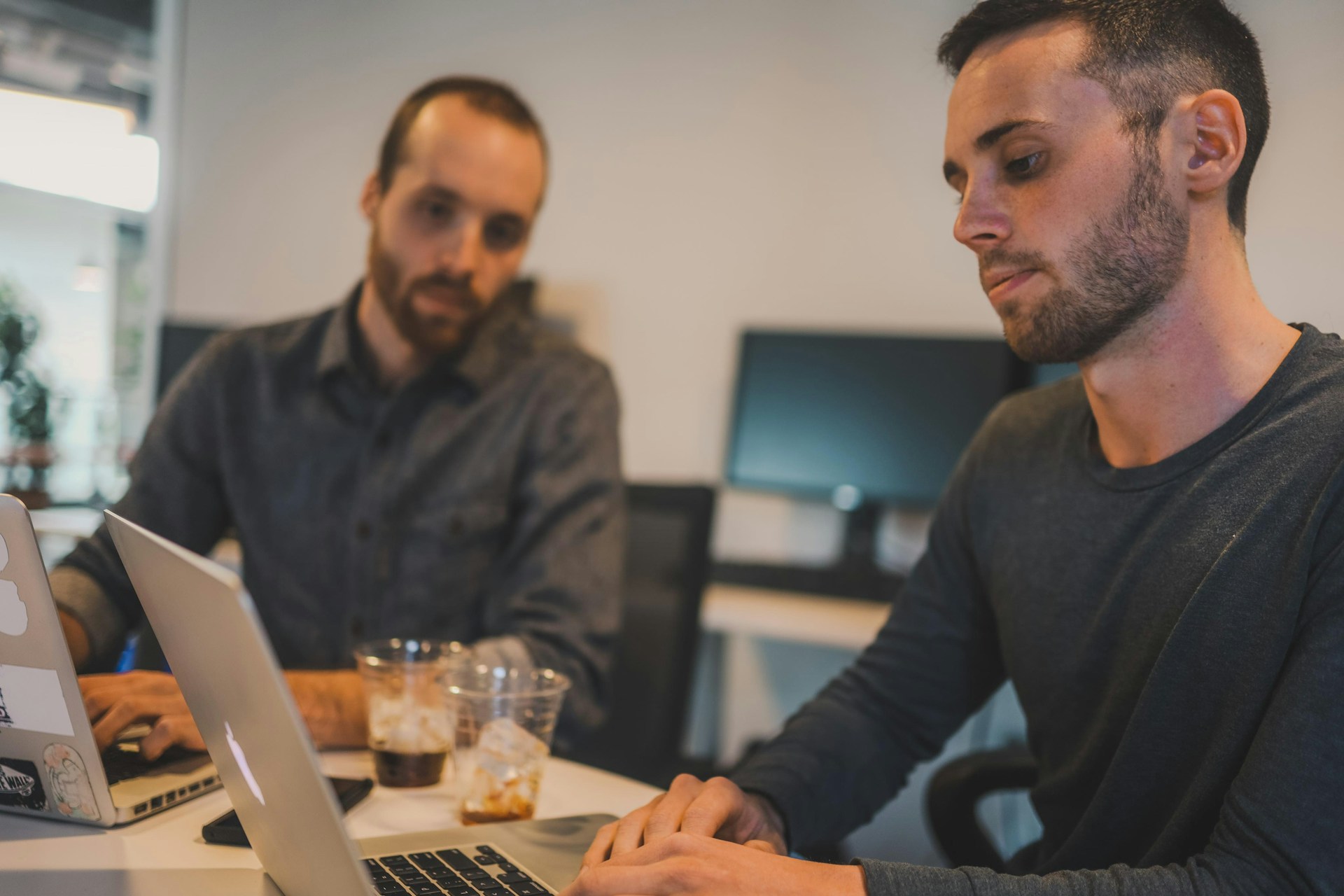Local SEO in response to COVID-19
The COVID-19 pandemic that has swept the world continues to wreak havoc for businesses whether you are an online operator or a bricks and mortar store.
Quick Links
Different countries are in varying states of ‘lockdown’, with restrictions on businesses commonplace and most businesses operating in a vastly different way to pre-COVID days.
As businesses across the world struggle to make ends meet, there has never been a greater outpouring of support for local businesses. We all know those businesses within our local communities that are struggling, especially as we continue to yoyo through varying degrees of lockdown and most of us want to support as much as we can.
And that’s where you come in.
Whilst many in the local community might already know your business, there are hundreds, possibly thousands of potential supporters that don’t.
Helping them to find you on Google is a great way of driving more customers to your business, whether that’s in-person or online.
And that’s where local SEO comes in.
What is local SEO and why is it so important?
Just to take a step backwards, let’s talk about what local SEO means and why it’s important for every business.
Local SEO typically focussed on the Google Map Pack results (search queries that result in a map listing which typically include three businesses but can also include ads). These local packs usually sit at the top of the search results (SERPs) above the traditional organic listings so have a high potential to drive relevant traffic to your website if you can appear in the top three.
So why is it so important to rank in the map pack space?
As well as sitting above the traditional organic ‘blue’ links, local pack results also present several other benefits that make them more ‘clickable’ to searchers.
The local map listings include key information about your business including proximity of the business to the searcher, review scores and number of reviews, hours of business, directions, and more.
Whilst there is an option for searchers to click to discover more local businesses, many don’t. That means the top three is the place to be if you want to drive highly relevant traffic to your website (or to your physical store).
According to research carried out by Moz, the Map Pack top three receives 44% of clicks compared to 29% for organic results and 19% for paid results.
How to improve your local SEO – 5 easy actions you can start today
In response to the COVID-19 pandemic, there has never been a more important time to focus on improving your local SEO. There are lots of tactics you can carry out to improve your opportunities of ranking in the local space.
Below we have covered off five of the most actionable, no matter your digital marketing experience and expertise in SEO.
Location-specific pages
The first place to start with any local SEO work is to ensure you have a highly optimised location-specific landing page on your own website. This page should include key information including:
- NAP (Name, Address and Phone Number)
- Opening Hours
- Map
- Review Score
- Directions
- Parking Info
- Accessibility
- Payment options
- Images
- FAQs
- Testimonials
- Staff profiles
- Location-specific deals and promotions
Obviously, all of the above may not be relevant to your business, however the more information you can provide on this page, the more you are optimising for a local focussed audience looking to connect with your business.
The NAP information is the most important on the page. This needs to be consistent in the way it is displayed across every platform including Google My Business (GMB) and local business directories (see below).
If you are a business with multiple locations, it’s important that each of these location-specific pages is completely unique and that’s where things like staff profiles, testimonials, directions etc can really help to make that content unique.
Whilst this is a task that is likely to take the biggest time input, it’s a stage than cannot be missed and will form the foundation for all other local SEO activity.
Google My Business Profile
The next step is to either set up or optimise your Google My Business profile. This is the information ‘card’ that appears to the right of the search results on mobile when users search for a specific brand, at the top of the SERP on mobile for a specific brand search or when you click to find out more about a brand through a local map pack result.
Once you have control over your GMB listing, there are some key areas to focus on. The first thing to do is ensure your NAP information matches exactly with the information on your location-specific landing page. This is really important so that Google can understand that the business listed on your website is the same as on GMB – any discrepancies can be represented as a separate business by Google and negatively impact your chances of ranking well in the local pack.
In addition, there are elements you should add to enhance your listing:
- Service Areas (list all the areas which you serve)
- Categories – include any of the pre-defined categories that are relevant to your business
- Opening Hours
- Website Link – link to your location-specific landing page here
- Products/Services (include any services you offer to customers)
- Extended business description (this is a great place to talk about your business and include important keywords)
These are the next most important elements to update and will help your customers to find out more about your business. Finally, to help with the visuals, include the following:
- Company logo
- Photos of your business (internal and external)
- Team photos – put a face to a name and make it personal
The final task once you have completed all the above information is to verify your listing. This is typically done by requesting a postcard to be sent to the business address which contains a verification code that you enter once the postcard arrives.
Directories
Increasing your presence in local directories is also another great way of getting your business found online as well as adding valuable links back to your location-specific landing page.
There are hundreds of directories available online, however we only recommend focussing on the major ones as a way of improving your local SEO. By adding your business details to these directories, you start to build up your profile and the number of places your NAP information can be found.
As with GMB, it is crucial that your NAP information matches your location-specific landing page and GMB profile exactly.
You may be able to find directories that are relevant to your specific niche, however we would recommend focussing on the following directories and getting your business listed on here immediately:
- Google My Business
- Bing Places
- Yahoo
- Yelp
- Foursquare
- Yellow Pages
- Chamber of Commerce
- HotFrog
- Super Pages
- MerchantCircle
- BrownBook
These are all high-authority directories that will help to pass authority to your own website and build up your listings online.
Reviews
Reviews have been proven to have a positive impact on local SEO rankings. At the very least, they provide a strong signal to prospective customers about your business. After all, when was the last time you made a purchase without seeking out a review, either online or from friends and family?
Another strong factor to support the need to acquire more review is a report by Bright Local. In December 2019, they found that 82% of consumers were reading online reviews for local businesses, and the purchase likelihood for a product went up 270% if there were 5 reviews vs. none.
Review management is an important part of any ongoing local SEO work and you should be actively responding to all reviews, good and bad, that you receive through all online review platforms. When a prospective customer sees that you are active in responding to reviews, it helps to build up a trust factor and also enables you to show a human side to your business when dealing with any complaints or thanking people for positive feedback.
Reviews can also help you to improve your overall SEO. Whether it’s reviews of a specific location or reviews on a product, adding your review scores to location-specific landing pages or product pages enables you to use schema markup to pull those review scores through to the SERPs, helping to enhance your organic listings and make it more likely that people will click on them.
Community engagement
At the heart of every great local business is the community. Without the community, your business would not be able to grow and thrive and that’s why it’s so important to nurture that community and take an active role.
Now more than ever, it’s time to engage with your local community. With travel restrictions in place around the world, more and more people are exploring their own backyards and discovering new local businesses for the first time.
That’s why it’s important for you to be visible and active. There are tons of things you can be doing, some of which you may need to invest and others that may simply require you giving up your time to help others.
Things that we have seen local businesses doing to engage with their communities at this time include:
- Switching suppliers to support other local businesses
- Support for a local team or club who might be struggling
- Sponsoring local events (either with financial support or simply attending and helping out)
These sorts of initiative not only help to bring positive exposure for your business and build really important relationships with other businesses as well as prospective customers, they also often lead to valuable backlinks, social mentions, and increased engagement.
Summary
Local SEO means a lot of things to a lot of people, however for me, it is best described as, “A subset of search engine optimisation. An opportunity for local businesses to optimise their businesses for searches that have a local intent.”
By focussing on the five actions above first, you are ticking a lot of boxes when it comes to local SEO and if you are not already doing those things, you are going to give yourself a big leg up when it comes to opportunities to rank within the local space.
About the author
Gavin Hirst is a Brit working abroad. He is a copywriter, SEO and content marketing expert working for one of Auckland’s leading SEO agencies, Digital Hothouse in New Zealand. Outside of work, Gavin is a keen golfer and is passionate about the outdoors – hence the move to NZ! Connect with Gavin on LinkedIn or with Digital Hothouse on Twitter and keep up to date with all the latest digital marketing news and trends in NZ and across the world.
What Are the Top 10 Web Development Tools for Beginners?
Web development is the art of building and updating web pages that Internet users Interact with.…
0 Comments13 Minutes
Does Your Branding Need A New Look?
From time to time, it’s important and necessary to check over your branding, to ensure that it is…
0 Comments4 Minutes
Essential Skills for AI-Driven Digital Marketing
Digital marketing is changing a lot. Artificial intelligence (AI) is becoming really powerful and…
0 Comments10 Minutes
A Handbook for Crafting Outstanding Email Automation Plans
Email marketing is an essential tool for communication in digital marketing platforms. Managing…
0 Comments8 Minutes
Branding – What It Means for Your Business
Every single one of us has our own personal brand. Unique to each of us, this lies in who we are…
0 Comments5 Minutes
How to Create a successful SEO campaign, without an SEO agency
The quest for industry-leading SEO can be as financially draining as it is profitable. Despite its…
0 Comments8 Minutes
Safeguarding the Digital Realm: The Role of Machine Learning in Cybersecurity
The digital realm, an expansive network of interconnected devices and data, forms the foundation…
0 Comments8 Minutes
8 Strategies for Protecting Data and Preserving Brand Reputation
Processing and collecting sensitive data are now common practices as businesses depend more on…
0 Comments8 Minutes








